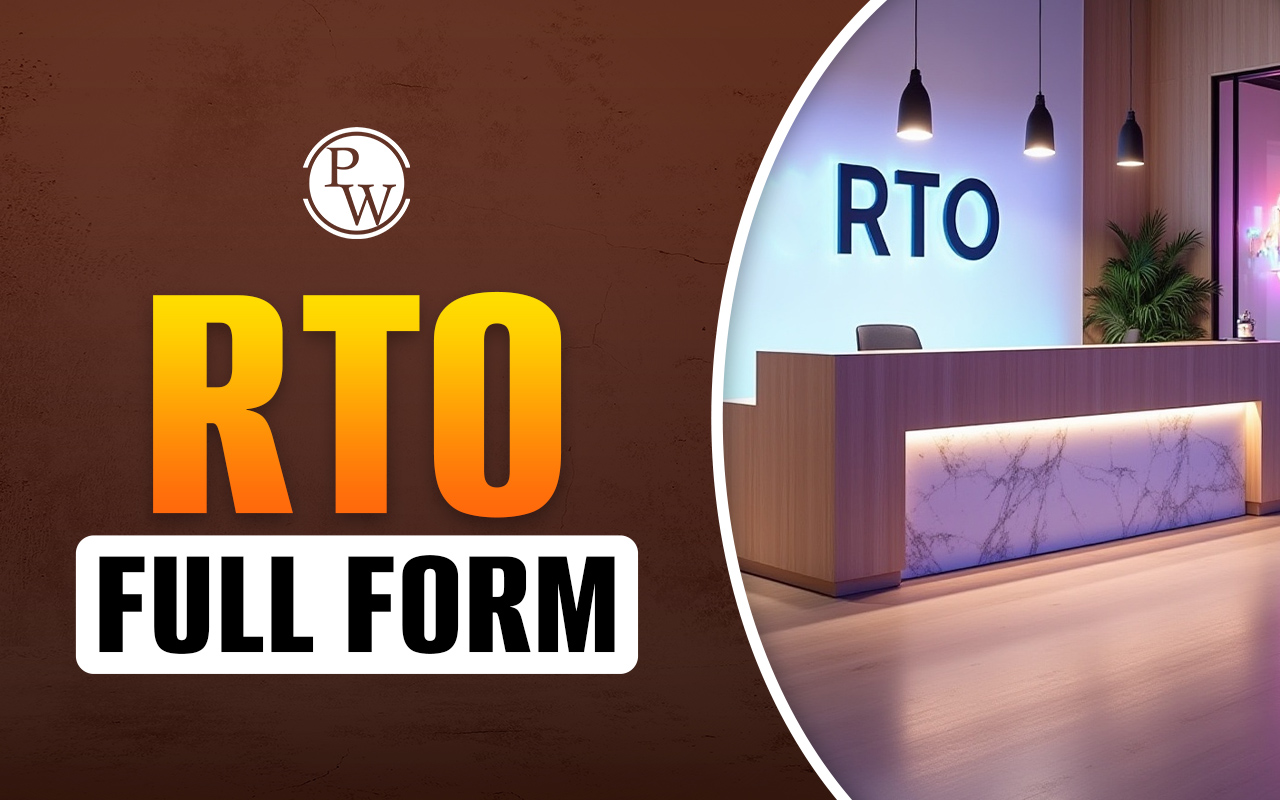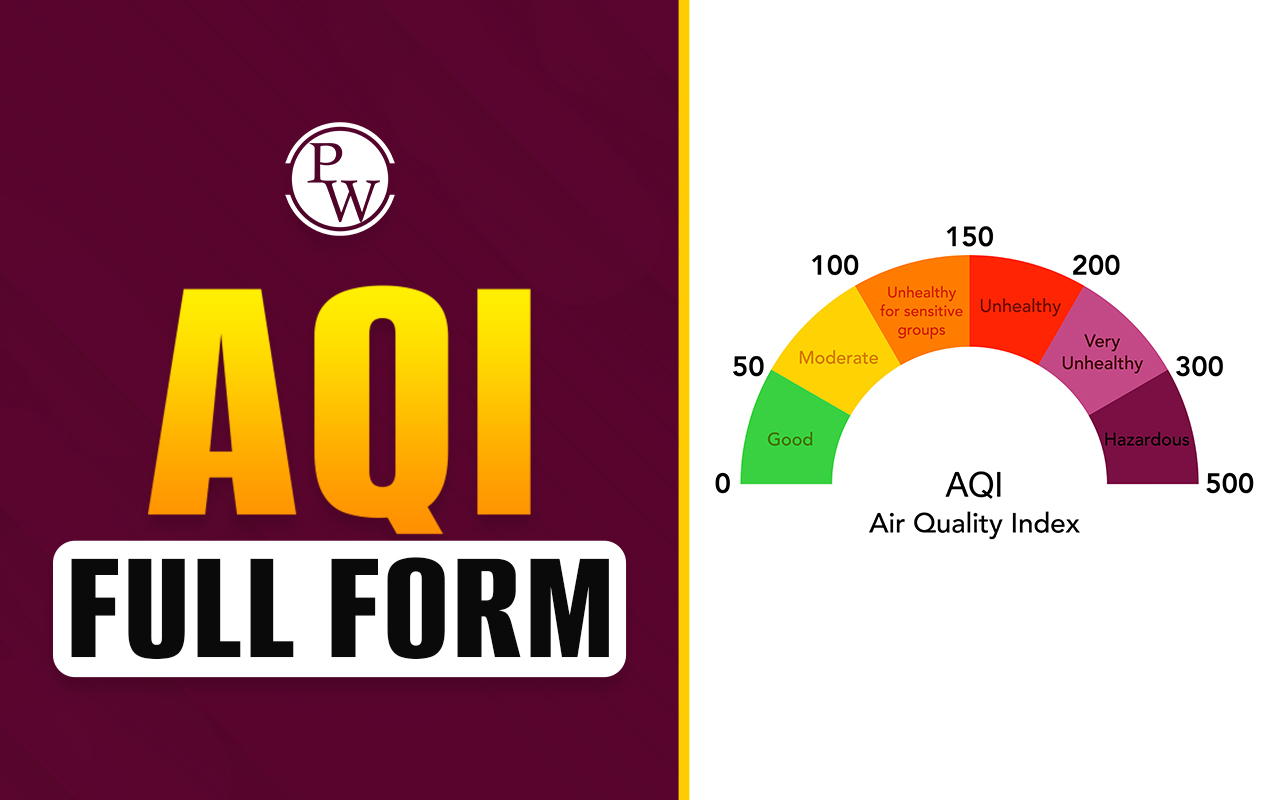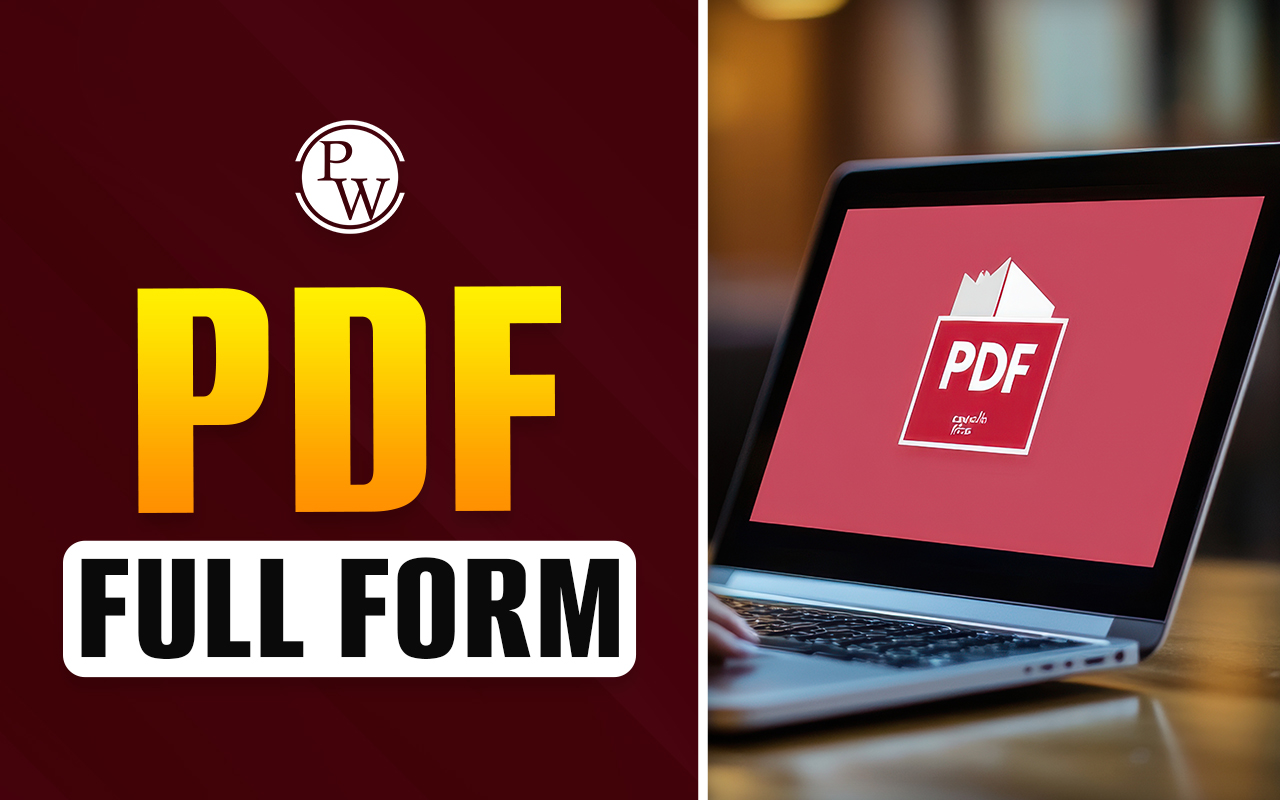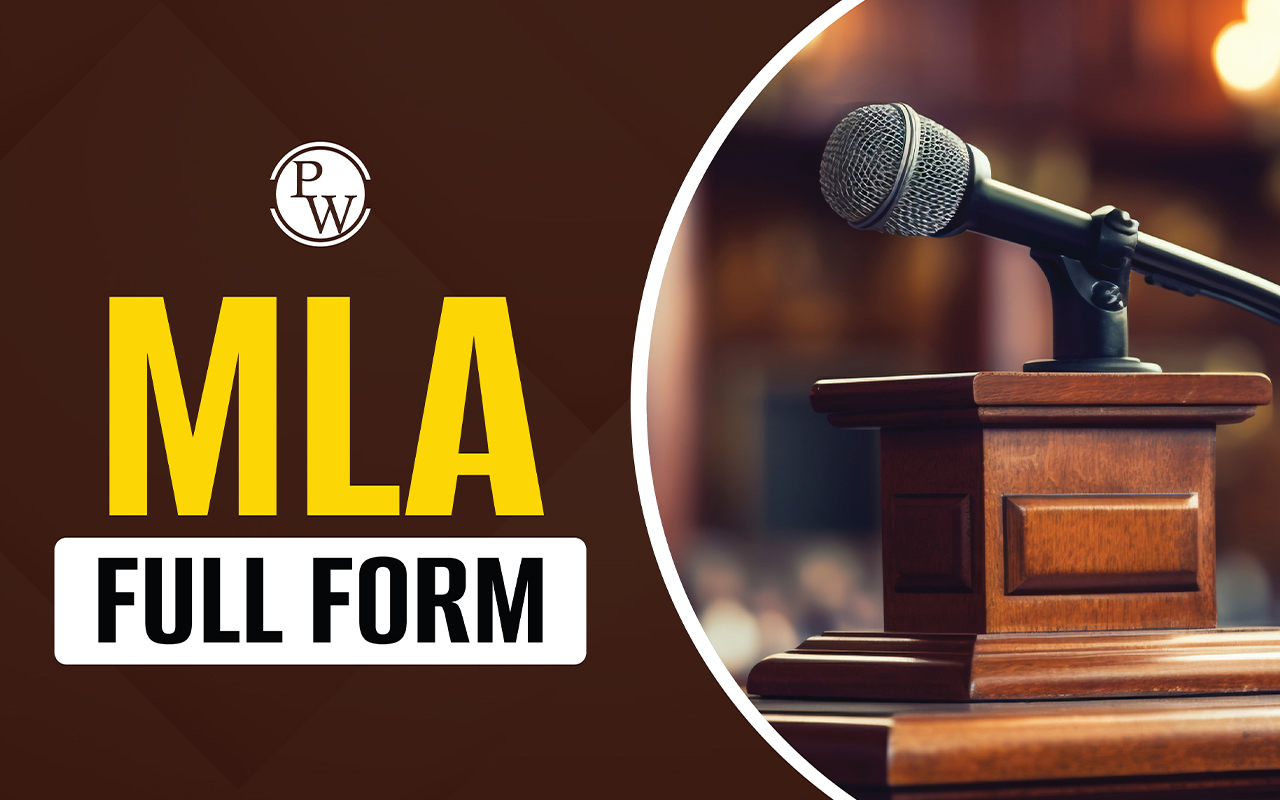

This is the full form of PGT, TGT and PRT.
PGT - Post Graduate Teacher TGT - Trained Graduate Teacher PRT - Primary Teacher
When it comes to teaching jobs in India, you may have come across the terms PGT, TGT, and PRT. These abbreviations refer to the different categories of teaching positions in schools. In this blog, we will explain the full form of PGT, TGT, and PRT in detail, including their eligibility criteria, roles and responsibilities, and the necessary qualifications to become one.
There are Three Types of Qualification
PGT: Post Graduate Teacher
PGT stands for Post Graduate Teacher. As the name suggests, PGTs are teachers who have completed their post-graduation in a specific subject. They are responsible for teaching students from classes 11 and 12. PGTs are hired in schools that have higher secondary classes. In addition to teaching, PGTs are also involved in activities such as preparing lesson plans, evaluating students, and conducting assessments.
- Eligibility Criteria
To become a PGT, candidates should have completed their post-graduation in a specific subject with at least 50% marks. Additionally, candidates must have completed a Bachelor of Education (B.Ed.) course from a recognized university or institution. Some schools may also require candidates to have cleared the Central Teacher Eligibility Test (CTET) or State Teacher Eligibility Test (STET) to be eligible for the position.
- Roles and Responsibilities
PGTs are responsible for teaching higher secondary classes and guiding students in their academic pursuits. They must prepare lesson plans, design assessments, and evaluate students' progress regularly. PGTs must also help students prepare for board exams, conduct practical classes, and provide career guidance to students. They may also be required to participate in school events and meetings and coordinate with other teachers and staff members.
- Qualifications
To become a PGT, candidates should have completed their post-graduation in a specific subject and must have a B.Ed. degree. Additionally, some schools may require candidates to clear the CTET or STET exams to be eligible for the position.
TGT: Trained Graduate Teacher
TGT stands for Trained Graduate Teacher. TGTs are teachers who have completed their graduation in a specific subject and have also completed a teacher training program. They are responsible for teaching students from classes 6 to 10. TGTs are hired in schools that have secondary classes. In addition to teaching, TGTs are also involved in activities such as preparing lesson plans, evaluating students, and conducting assessments.
- Eligibility Criteria
To become a TGT, candidates should have completed their graduation in a specific subject with at least 50% marks. Additionally, candidates must have completed a Bachelor of Education (B.Ed.) course from a recognized university or institution. Some schools may also require candidates to have cleared the Central Teacher Eligibility Test (CTET) or State Teacher Eligibility Test (STET) to be eligible for the position.
- Roles and Responsibilities
TGTs are responsible for teaching secondary classes and guiding students in their academic pursuits. They must prepare lesson plans, design assessments, and evaluate students' progress regularly. TGTs must also help students prepare for board exams, conduct practical classes, and provide career guidance to students. They may also be required to participate in school events and meetings and coordinate with other teachers and staff members.
- Qualifications
To become a TGT, candidates should have completed their graduation in a specific subject and must have a B.Ed. degree. Additionally, some schools may require candidates to clear the CTET or STET exams to be eligible for the position.
PRT: Primary Teacher
PRT stands for Primary Teacher. PRTs are teachers who teach students from classes 1 to 5. They are responsible for teaching basic concepts to young children and building a strong foundation for their education. PRTs are hired in primary schools and play a vital role in shaping a child's education.
- Eligibility Criteria
To become a PRT, candidates should have completed their graduation with at least 50% marks. Additionally, candidates must have completed a Diploma in Elementary Education (D.El.Ed.) or a Bachelor of Education (B.Ed.) course from a recognized university or institution. Some schools may also require candidates to have cleared the Central Teacher Eligibility Test (CTET) or State Teacher Eligibility Test (STET) to be eligible for the position.
- Roles and Responsibilities
PRTs are responsible for teaching primary classes and helping children develop a strong foundation in education. They must prepare lesson plans, design activities, and assess students' progress regularly. PRTs must also help children develop good habits, build social skills, and foster a love for learning. They may also be required to participate in school events and meetings and coordinate with other teachers and staff members.
- Qualifications
To become a PRT, candidates should have completed their graduation and must have a D.El.Ed. or B.Ed. degree. Additionally, some schools may require candidates to clear the CTET or STET exams to be eligible for the position.
Conclusion
In conclusion, PGT, TGT, and PRT are the three categories of teaching positions in schools. PGTs are responsible for teaching higher secondary classes, TGTs are responsible for teaching secondary classes, and PRTs are responsible for teaching primary classes. Each position has its own eligibility criteria, roles and responsibilities, and necessary qualifications.
If you are interested in becoming a teacher in India, it is essential to understand these different teaching positions and their requirements. By obtaining the necessary qualifications and clearing the CTET or STET exams, you can become a PGT, TGT, or PRT and make a difference in the lives of young learners.
[wp-faq-schema title=" Full Form of PGT, TGT and PRT FAQs" accordion=1]
Q1. What qualifications are necessary to become a PGT?
Q2. What is the role of a TGT?
Q3. What qualifications are necessary to become a TGT?
Q4. What is the role of a PRT?
Q5. What qualifications are necessary to become a PRT?
Q6. What is the difference between PGT, TGT, and PRT?












